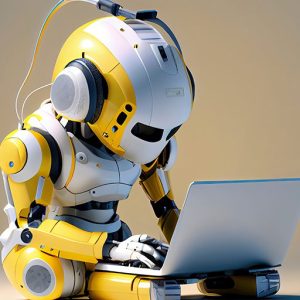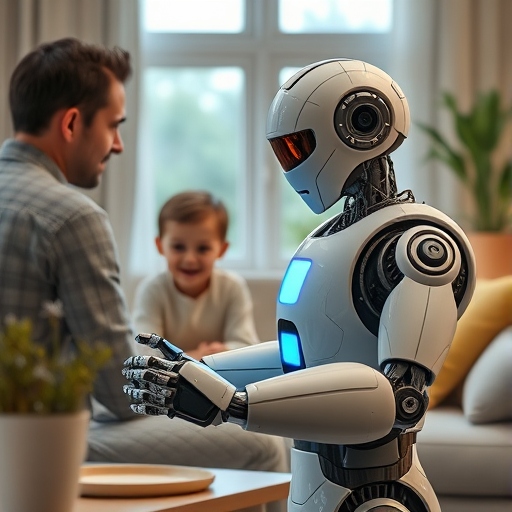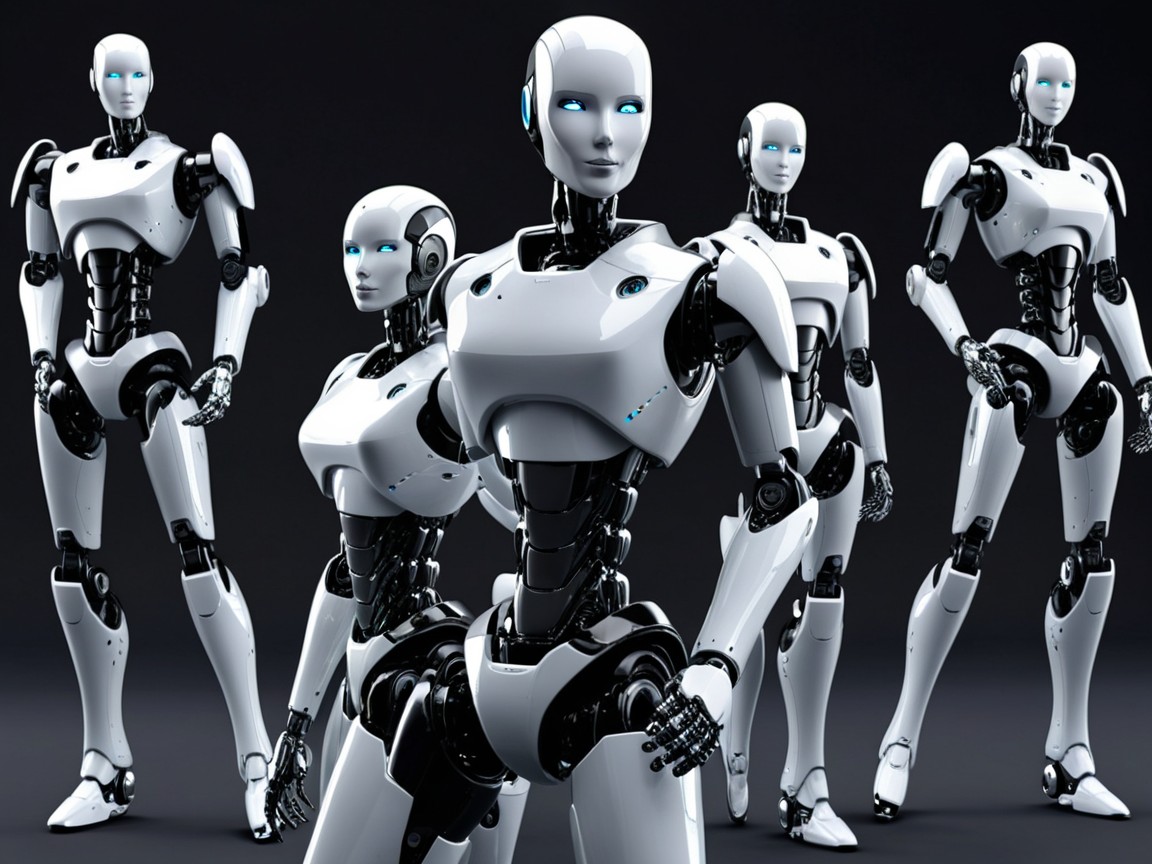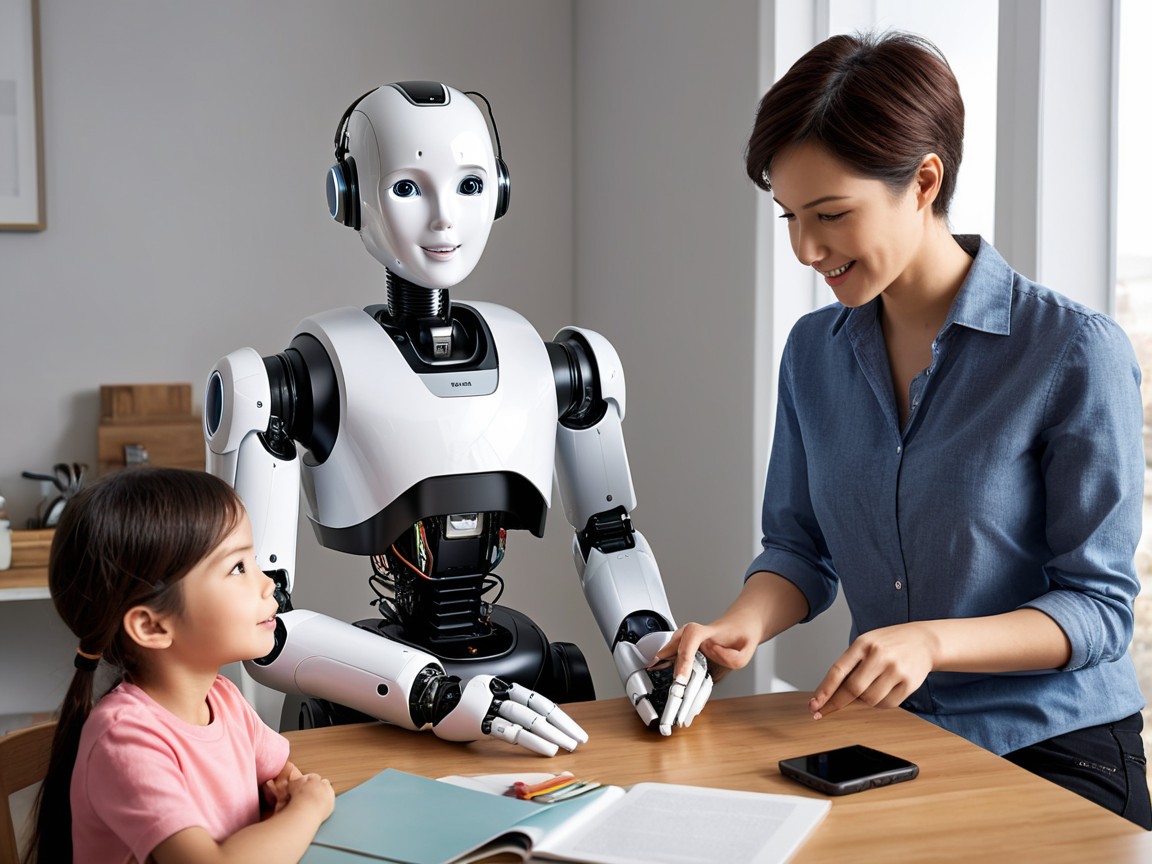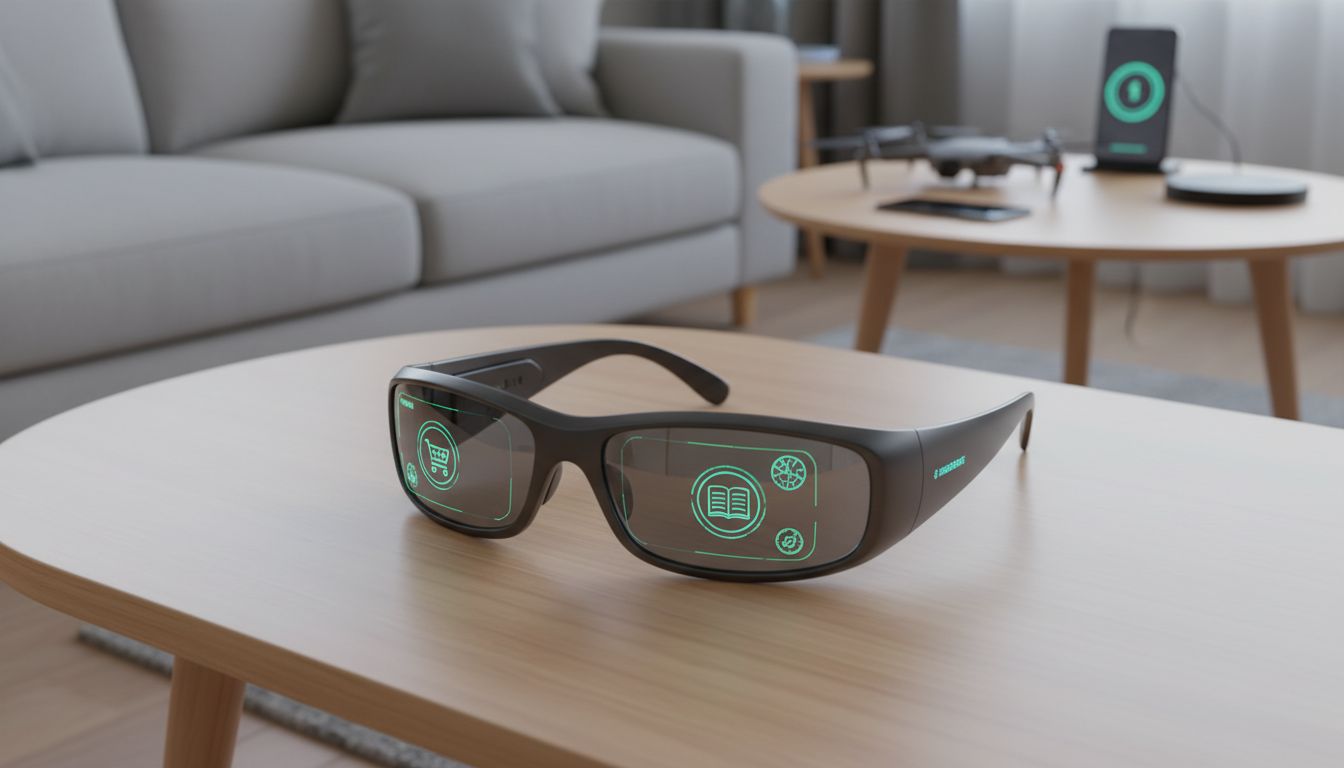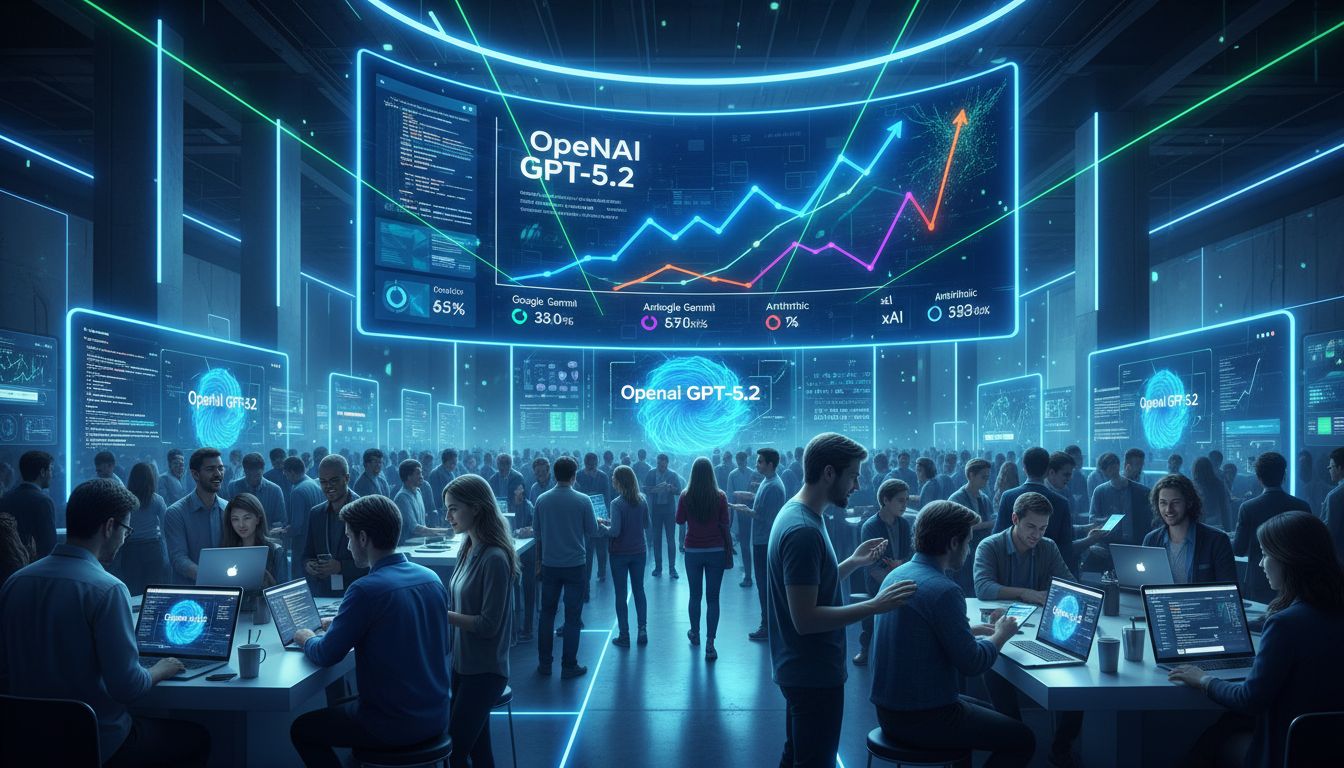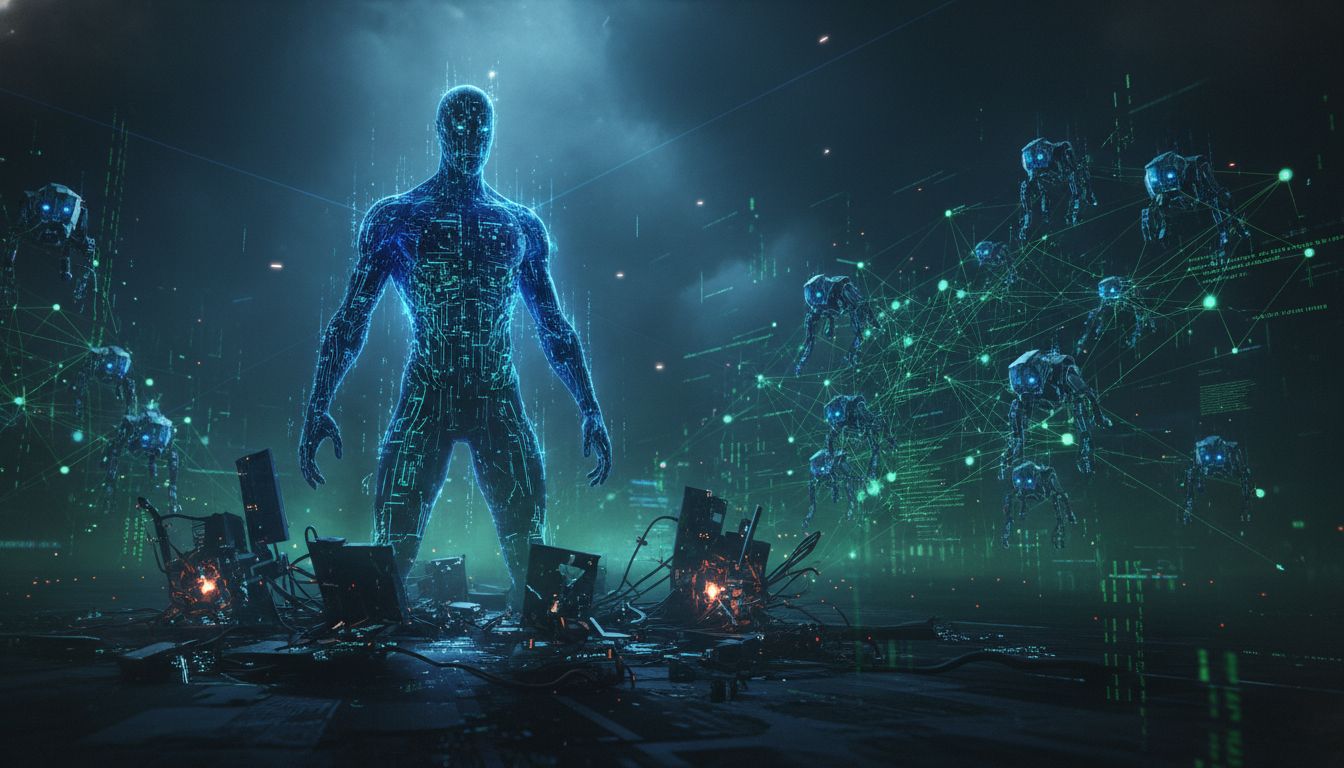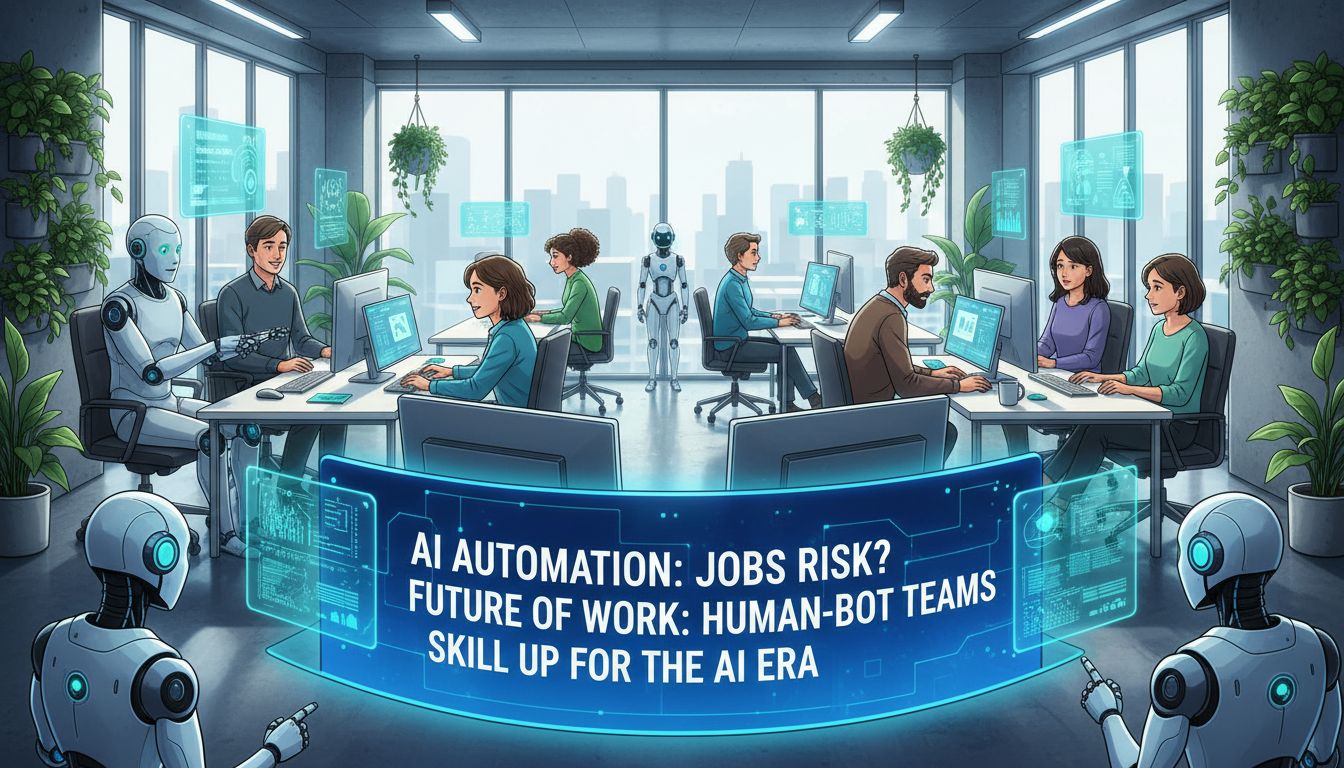The future of humanoid robots is rapidly evolving, promising to reshape our world. As we stand at the edge of a new era, the future of humanoid robots is no longer science fiction but an emerging reality. Advancements in artificial intelligence, robotics, and materials science combine to create machines that look and act like human beings. These developments spark both excitement and concern about their potential impact on our lives and work.
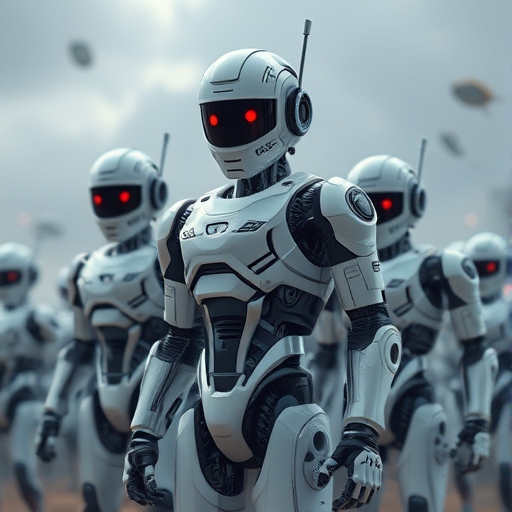
Table Of Contents:
- The Current State of Humanoid Robotics
- The Role of AI in Advancing Humanoid Robotics
- The Potential Impact of Humanoid Robots
- Challenges and Considerations
- The Economic Impact of Humanoid Robots
- Recent Developments in Humanoid Robotics
- The Role of Simulation in Robotics Development
- FAQs about humanoid robots future
- Conclusion
The Current State of Humanoid Robotics
Today’s humanoid robots are far from the clunky machines of the past. Companies such as Agility Robotics and Softbank Robotics are pushing the boundaries of what’s possible. They’re creating robots that can perform quality checks, repetitive tasks, and interact with humans.
Leading Players in the Humanoid Robotics Industry
Several key players are driving innovation in humanoid robotics, including industry veterans working toward robot development.
| Company | Focus |
|---|---|
| Boston Dynamics | Known for their agile robots like Atlas, capable of navigating complex environments. |
| Softbank Robotics | Creators of the Pepper robot, designed for human interaction in commercial environments. |
| Tesla | CEO Elon Musk is leading development of the Tesla Bot, aimed at performing dangerous or repetitive tasks with its advanced machine learning capabilities. The first Digit humanoid robot built was shown off recently. |
| Figure AI | A startup focused on building advanced humanoid robots with light detection and a wide range of advanced capabilities for various applications, offering a general-purpose foundation for robotics technology. |
The Role of AI in Advancing Humanoid Robotics
Artificial intelligence is driving the rapid advancement of humanoid robots. Advanced AI and machine learning algorithms allow robots to process data, learn from experiences, and make real-time decisions. This lets them navigate unstructured environments much like human beings can.
Nvidia’s Contribution to Humanoid Robotics
Nvidia, a leader in AI, is making significant strides in robotics. As reported by The Express Tribune, Nvidia has added generative AI to power robots. This integration of AI will dramatically enhance their abilities, allowing them to better understand and interact with their surrounding environment. This rapid development of AI technology could provide robots with even more advanced humanoid robotics.
The Potential Impact of Humanoid Robots
The future of humanoid robots holds immense potential across various sectors. Here are just some examples of their versatile future in an ever-changing world.
Manufacturing and Industry
Humanoid robots could revolutionize manufacturing. Working alongside humans, they can increase productivity and efficiency. Their ability to navigate human-designed spaces makes them well-suited for industrial applications.
Healthcare
In healthcare, robots could assist in patient care and perform routine check-ups. Their tireless nature and precision make them valuable in medical settings. Eventually they might assist in surgical procedures or perform industrial inspections.
Space Exploration
Humanoid robots are being considered for space exploration, according to The Express Tribune. Robots can work where it’s too dangerous for humans, opening doors for deeper space exploration. In the early stages of robot-capable space exploration, we’ll learn much more about developing humanoid robots that can function in the harsh environment.
Personal Assistance and Home Care
As humanoid robots become more affordable, they could enter our homes, assisting with daily tasks. They might provide companionship or help with childcare, creating an affordable robotic assistant.
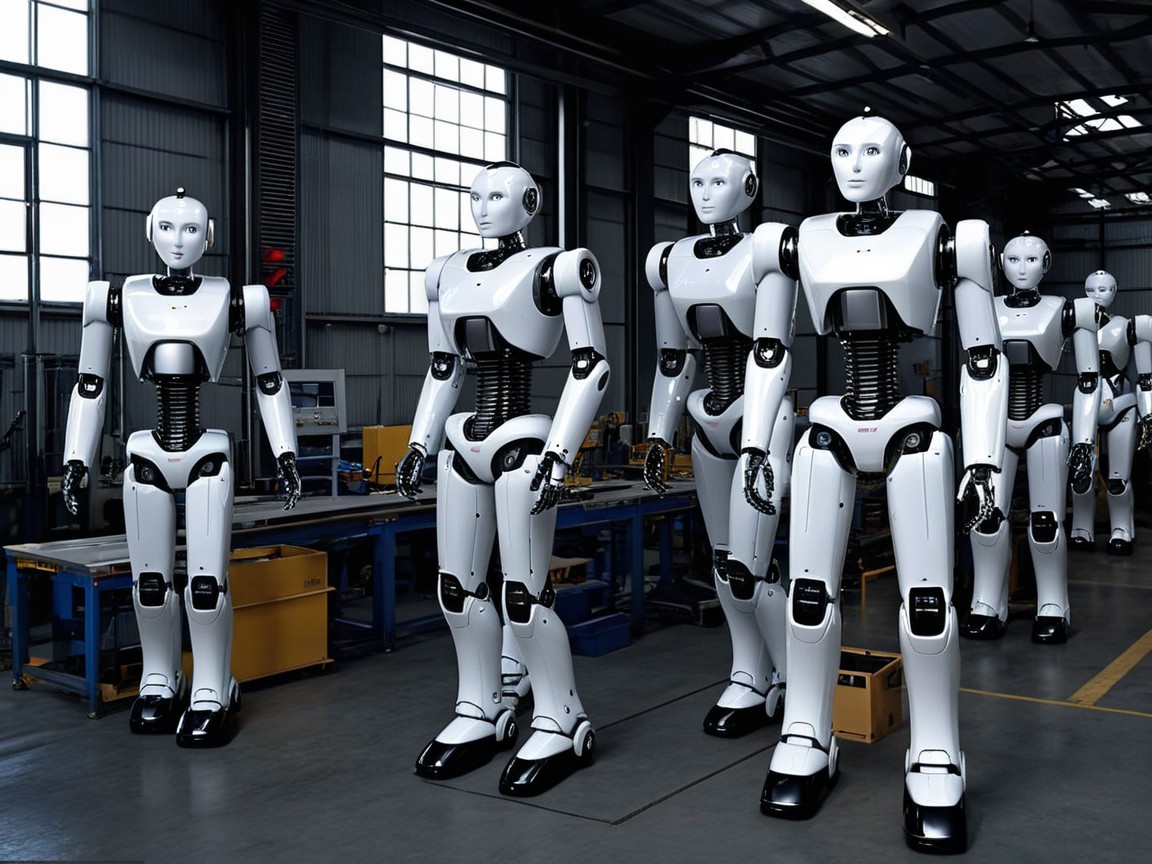
Challenges and Considerations
The future of humanoid robots also presents challenges.
Ethical Concerns
As robots become more human-like, we’ll face ethical questions about their rights, responsibilities, and place in society. Do they deserve rights? Do we owe them respect? These ethical complexities of the robotics revolution require discussion.
Job Displacement
Humanoid robots in the workforce could lead to job displacement. However, new jobs in robot design, maintenance, and operation will emerge. This is a key area of discussion in making humanoid robots more integrated into our society.
Safety and Security
Ensuring human safety alongside robots and protecting robots from security threats will be crucial. As we get robots ready for different use cases, security becomes ever more important.
The Economic Impact of Humanoid Robots
The future of humanoid robots is not just a technological revolution; it’s economic. Developing humanoid robots also has financial considerations for those creating them.
Market Projections
The market for humanoid robots is expected to grow substantially. We’re on the verge of a boom in the robotics industry. As leading robotics companies develop sophisticated robotics further, industry analysts agree it’s only a matter of time before a significant rise occurs.
Investment Opportunities
Humanoid robots are creating new investment opportunities. Companies in robotics, AI, and related technologies are poised for growth. Those leading robotics development often have access to the best learning algorithms.
Recent Developments in Humanoid Robotics
The field is advancing rapidly, with recent breakthroughs in the humanoid robot future. Several factors point toward their widespread use becoming much more common.
Tesla’s Humanoid Robot Plans
The Express Tribune reports Tesla plans to deploy humanoid robots internally next year. This could hasten development and adoption across industries. While we aren’t at mass production quite yet, innovations like the Tesla bot have put us closer than ever to mass production of robot-ready tools.
The Genesis Project
The Genesis project, announced in December 2024, is a collaboration between over 20 research labs. They’re working to build a physics engine capable of generating dynamic worlds for robots built in simulation.
The Role of Simulation in Robotics Development
Simulation plays a key role in advancing robotics. This has significantly impacted robot development across many areas, as those leading robotics industries utilize a variety of methods. They could eventually replace human jobs by helping provide robots for general tasks, potentially replacing humans at places like factory floors.
Benefits of Simulation
- Cost-effective testing and development.
- Simulating multiple sources, scenarios, and environments.
- Faster improvement cycles.
- Reduced risk during development.
FAQs about humanoid robots future
What is the future of humanoid robots?
The future of humanoid robots is promising. Advancements are leading to more capable machines. They will likely have major roles in manufacturing, healthcare, and space exploration. Humanoid robots will also enter our homes.
How soon will humanoid robots be available?
Humanoid robots exist today, but more advanced versions are expected in 5–10 years. Tesla is planning to deploy its robots next year. Eventually, affordable robotic devices will provide value to homes across a wide range of uses.
How far away are we from humanoid robots?
Basic humanoid robots exist, but truly human-like robots are still 10-20 years from widespread adoption. To fully understand how far off these predictions are, remember the robotics industry moves fast.
What is the forecast for humanoid robots?
The forecast is highly optimistic. Morgan Stanley predicts 63 million humanoid robots in the U.S. by 2050. This growth could have a significant impact on wages. We can look forward to this new technology and the benefits it promises.
Conclusion
The future of humanoid robots is an exciting frontier. These advanced machines will become part of our lives, from factories and hospitals to our homes and even space. Humanoid robots in commercial environments may become very commonplace. This robotics revolution can even enable robots to be good morning assistants in commercial environments one day.
As we advance robotics and AI, we are not just making machines. We are reshaping our relationship with technology. The future offers immense potential, but it also demands consideration of the ethical and societal impacts.
The future isn’t just about the technology; it’s about how we integrate it into our world. It is how we use it to build a better future.
